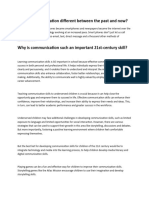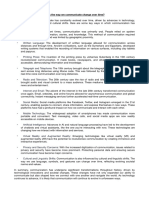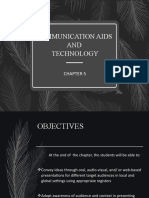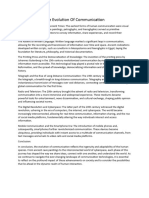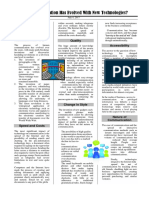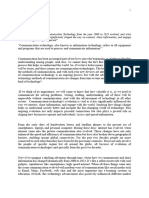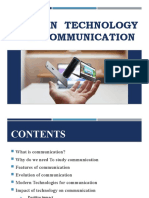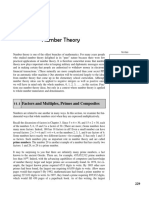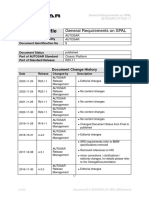0% found this document useful (0 votes)
12 views25 pagesModes of Communication Lesson 2
Modes of Communication for Civil Engineering 1st Year
Uploaded by
iboyromzCopyright
© © All Rights Reserved
We take content rights seriously. If you suspect this is your content, claim it here.
Available Formats
Download as PPTX, PDF, TXT or read online on Scribd
0% found this document useful (0 votes)
12 views25 pagesModes of Communication Lesson 2
Modes of Communication for Civil Engineering 1st Year
Uploaded by
iboyromzCopyright
© © All Rights Reserved
We take content rights seriously. If you suspect this is your content, claim it here.
Available Formats
Download as PPTX, PDF, TXT or read online on Scribd
/ 25

